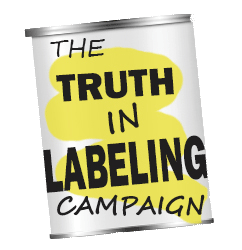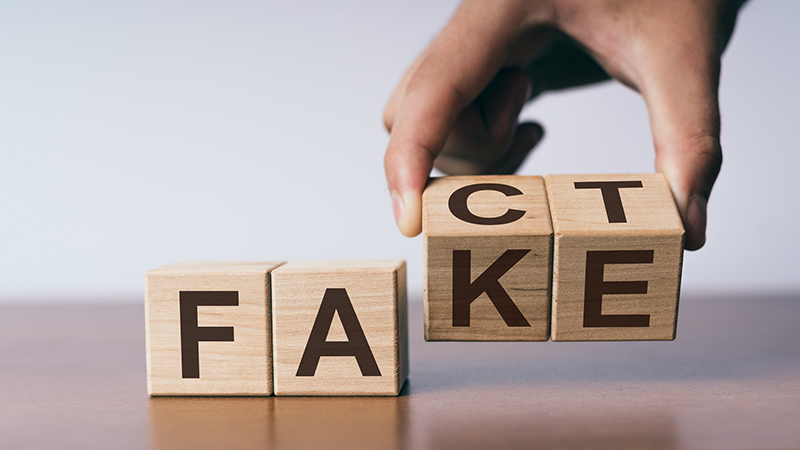People send us all kinds of articles, sometimes for information, sometimes to comment on. livestrong.com is one we’ve been seeing a lot of lately. Livestrong is the perfect venue for MSG-is-safe misinformation.
Every article about MSG has a certain sameness. Most important to industry is that the message you get, even if you don’t notice it, will be that MSG is perfectly safe. Sometimes the article will point out that MSG has gotten “a bad rap.” That was very popular for a while. Sometimes the story line revolves around there being less sodium in MSG than in table salt. That’s still circulating widely and is even mentioned in “The verdict on MSG: is it really safe to eat and where is it lurking?” one of the recent articles at livestrong.com.
To be effective, an article just has to make you think that MSG might be a safe food additive. It just has to make you doubt that MSG causes reactions you can see like obesity and migraine headache. The brain damage that can’t be confirmed unless an autopsy is done will never be mentioned.
“Everything You Need to Know About Food Ingredients and Additives” and the article it links to, “The Verdict on MSG: Is it really safe to eat and where is it lurking?” serve up lots of facts from various “authorities.” The hook is the claim that what they write is “fact checked” or “reviewed” before it is published. You, the reader, are supposed to believe you’re about to read something of merit that’s been meticulously researched. But behind the check mark link next to the words ‘Fact Checked’ is concealed the information that “fact checked” only means that “we’ve confirmed the information cited in it comes from reputable primary sources.” So, Ajinomoto, the company that produces MSG would be a reliable source for information on MSG, as would be their collaborators at the International Food Information Council, which has worked for them for years. And checking the truth of what is written is not considered.
A quick scan of the two articles we looked at suggested that all of their “experts” came through the glutamate industry. And when we looked a bit closer, it became obvious that neither authors April Benshosan nor Tiffany Ayuda, did any research of their own, but took material from Ajinomoto or one of its public relations firms and added some background material. Or maybe these ladies didn’t write the pair of articles at all. A simple Google search of “monosodium glutamate toxicity” turned up articles citing MSG toxicity by Niaz, Hyndman, Husarova, Nnadozie, Kayode and others who weren’t mentioned in the Livestrong.com articles. And authors Tiffany Ayuda and April Benshosan sure didn’t go to the website of the National Library of Medicine where “monosodium glutamate AND toxic” turned up 242 articles.
We checked out some of their “experts.” In 1990 the International Food Information Council (IFIC) was employed by Ajinomoto (producer of MSG) to scuttle, or do damage control, for the anticipated 60 Minutes program on MSG. Besides doing odd jobs for Ajinomoto, IFIC often parrots the disinformation that MSG is made by the same process used to produce beer, yogurt and sourdough bread. Actually, MSG is made using carefully selected genetically modified bacteria that secrete glutamate through their cell walls. Beer, yogurt and sourdough bread aren’t made that way. Tiffany Ayuda listed IFIC three times as a resource.
Mayo Clinic was used as the reference for “researchers haven’t been able to find a reliable link between MSG and allergy.” Taking things out of context is a specialty of the Glutes. The fact is that the reaction to MSG isn’t an allergic reaction. It’s a reaction to a poison. Allergic reactions are IgE mediated. Reactions to poisons are not. So, no informed person would dream that there would be a link between MSG and allergy. But the casual reader may not know that, and the sound bite makes good propaganda.
Bonnie Gaub-Dix, author of “Read it before you eat it” is quoted as saying that “MSG has been around or centuries…it is safe to consume…” But if they’d done their homework, Tiffany Ayuda and April Benshosan would have known that MSG was only invented around 1908, at which time it was made by extraction of glutamate from a protein source, with production of MSG limited by its slow and costly method. And they would have known that in 1957 Ajinomoto began producing the glutamate in MSG using genetically modified bacteria that excreted glutamate through their cell walls. And that it was only after there were sufficient quantities of glutamate in the food supply to cause that glutamate to become excitotoxic (killing brain cells), that the world began seeing MSG-induced reactions such as a-fib, seizures, and migraine headache – and behavior dysfunction, obesity and infertility caused by the brain damage that couldn’t be seen with the naked eye.
Women’s & Children’s Hospital (which one we don’t know) is another interesting resource. It’s strange that it is not included in the list of references following the article. It is also strange to find some allegedly authoritative source listing hydrolyzed and autolyzed products as containing MSG. They contain glutamate, the same toxic ingredient found in MSG, but they don’t contain the ingredient MSG. Wherever the list came from, it didn’t come from someone who had carefully researched MSG.
And then there’s the predictable industry clincher: “Researchers haven’t been unable to find a definite link between these symptoms and MSG.” (Just for fun, note the Freudian slip, “Unable.”)
Why predictable? Because every article put out by industry must deliver the message that MSG is harmless. And psychologists will tell you that what comes at the very beginning or at the very end of a story has the greatest impact.


